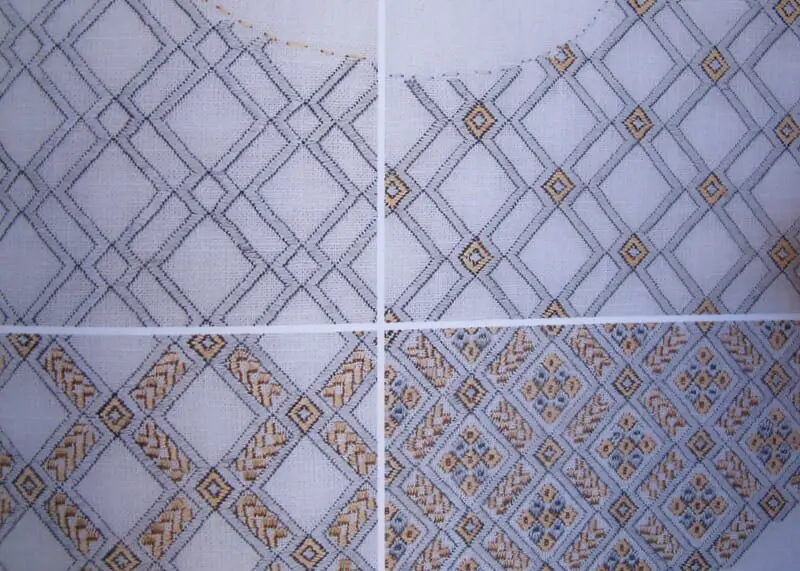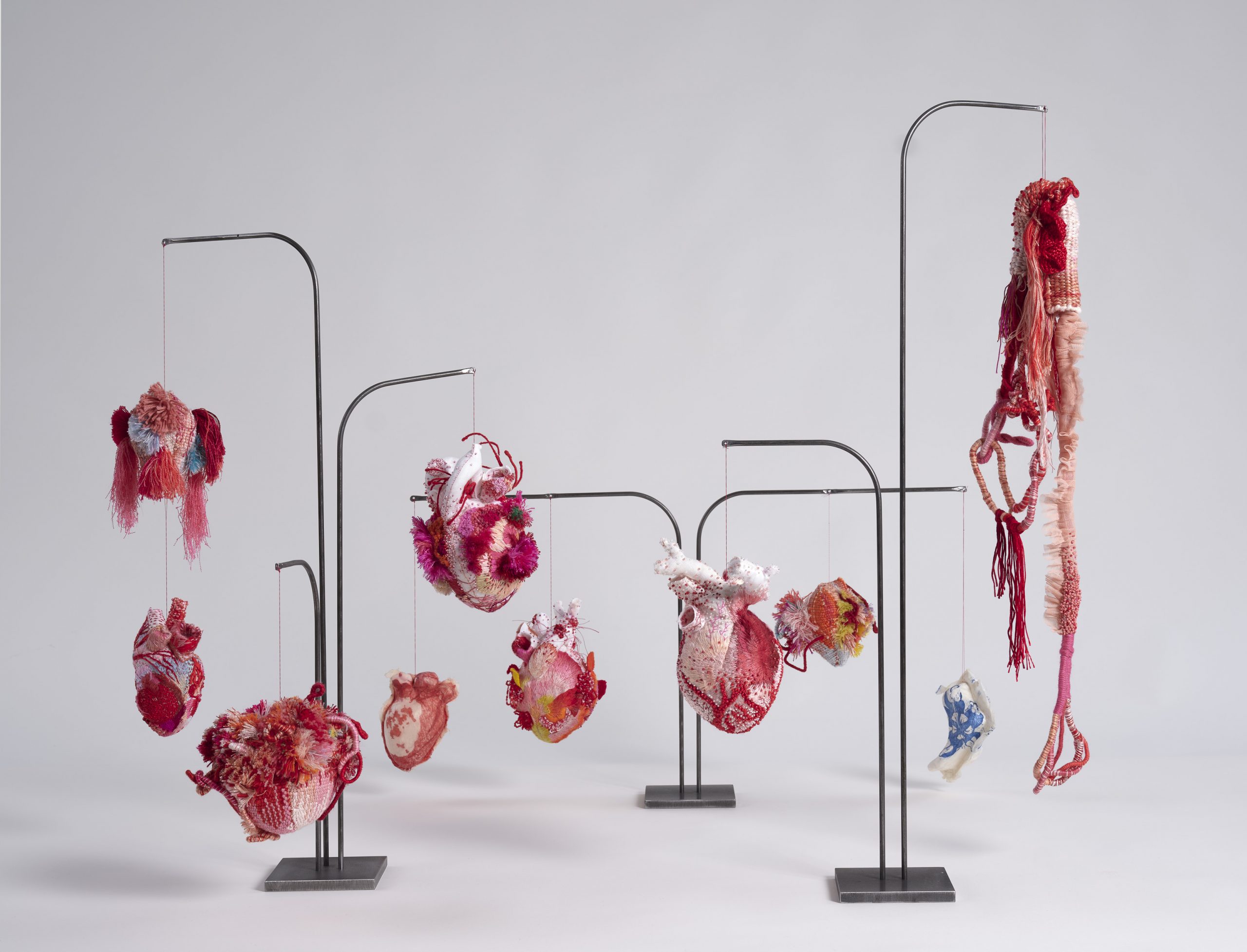Fine embroidery is not the first thing that comes to most people’s mind when they hear the name Afghanistan. But for a group of women in the southern Afghan city of Kandahar, fine khamak embroidery has become their saving grace, their livelihood and their source of power, confidence and independence.Kandahar is the second largest city in Afghanistan. Situated in the south-west of the country, it is the capital of the Pashtun people, the largest of the Afghan ethnic tribes, and the home of the Taliban.
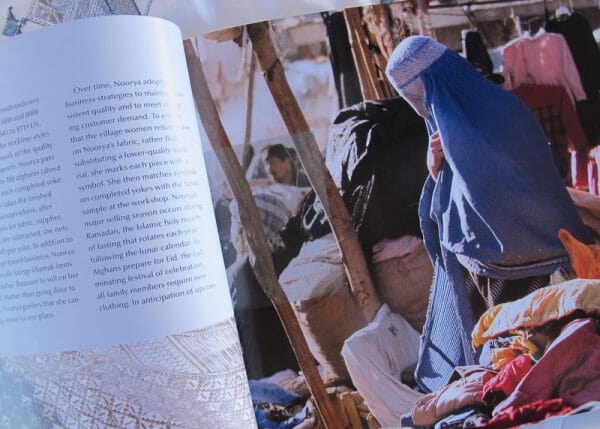 Kandahar is the second largest city in Afghanistan. Situated in the south-west of the country, it is the capital of the Pashtun people, the largest of the Afghan ethnic tribes, and the home of the Taliban.
Kandahar is the second largest city in Afghanistan. Situated in the south-west of the country, it is the capital of the Pashtun people, the largest of the Afghan ethnic tribes, and the home of the Taliban.
A combination of the Pashtun moral code, known as Pashtunwali, a strongly patriarchal society, and the very conservative form of Islam practised in the region, means that the women in Kandahar lead restricted lives, with little freedom and few choices. For the high number of widows – the unmentioned collateral of years of fighting and war – life without a man’s protection and support is even worse.
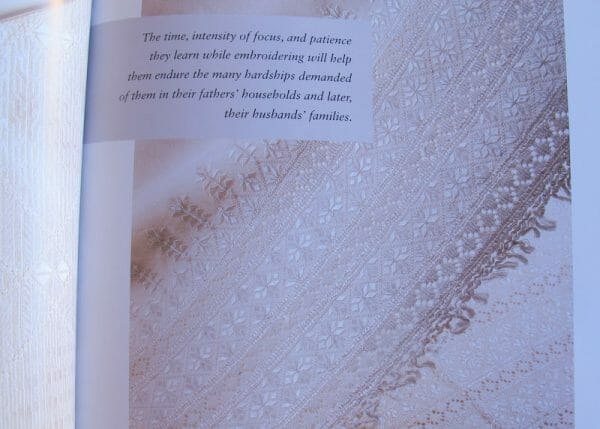 This is where khamak embroidery provides a ray of hope. A way out of poverty. Khamak is a fine, intricate form of embroidery, consisting of delicate silk satin stitch, in complicated patterns and designs, on finely woven cotton fabric, used to decorate traditional Pashtun garments, household items, baby layettes, and a young woman’s dowry.
This is where khamak embroidery provides a ray of hope. A way out of poverty. Khamak is a fine, intricate form of embroidery, consisting of delicate silk satin stitch, in complicated patterns and designs, on finely woven cotton fabric, used to decorate traditional Pashtun garments, household items, baby layettes, and a young woman’s dowry.
Most Pashtun women learn the skill of khamak embroidery as a young girl, following in the footsteps of their mothers and grandmothers. For many, this is the only education they ever get. The basic satin stitch is easy to learn, but how the stitches are counted and combined to create intricate and complicated borders and filling patterns, can take a lifetime to perfect.
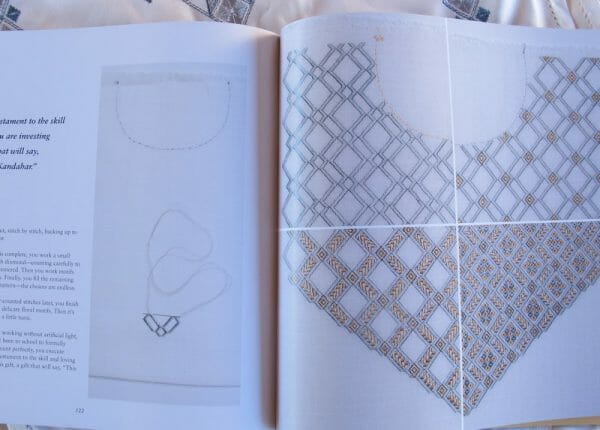 High-quality khamak is done on 144 to 160 thread count cotton or rayon blends, using fine rayon or silk untwisted floss. Patterns are usually symmetrical on yokes or garments and geometrical on other household items. The patterns are made by counting threads. Correct counting is an essential part of being a good khamak embroiderer – no mean feat for the mostly illiterate embroiderers.
High-quality khamak is done on 144 to 160 thread count cotton or rayon blends, using fine rayon or silk untwisted floss. Patterns are usually symmetrical on yokes or garments and geometrical on other household items. The patterns are made by counting threads. Correct counting is an essential part of being a good khamak embroiderer – no mean feat for the mostly illiterate embroiderers.
Designing and stitching complicated patterns requiring lots of intricate counting and a variety of coloured threads are testament the skill and talent of these women. Stitching happens in less than perfect conditions – no artificial light and no frames or hoops. Embroiderers sit on the floor in their homes, usually surrounded by the other women of their family including small children and young girls learning from their elders.
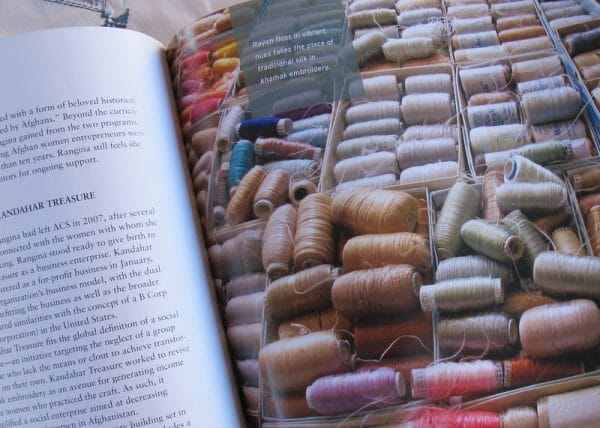 Many embroiderers in Kandahar are contracted by Kandahar Treasures, a business venture started by Rangina Hamidi. A Pashtun woman who grew up in the USA Rangina decided to return to her place of birth to support her people, especially the women, by providing a way to earn a living from that which they knew best – khamak embroidery. Today Kandahar Treasure provide an income to almost three hundred women. Their products are sold to local people in Kandahar, exported to Pashtun people in diaspora, and sold at the International Folk Art Market – Sante Fe, in the USA, where it has gained respect and support from people around the world.
Many embroiderers in Kandahar are contracted by Kandahar Treasures, a business venture started by Rangina Hamidi. A Pashtun woman who grew up in the USA Rangina decided to return to her place of birth to support her people, especially the women, by providing a way to earn a living from that which they knew best – khamak embroidery. Today Kandahar Treasure provide an income to almost three hundred women. Their products are sold to local people in Kandahar, exported to Pashtun people in diaspora, and sold at the International Folk Art Market – Sante Fe, in the USA, where it has gained respect and support from people around the world.
“Embroidery is the one sphere of women’s lives that men do not control.
It’s precision, delicacy, and beauty stand in stark contrast to the imperatives of a typical Afghan woman’s life.”
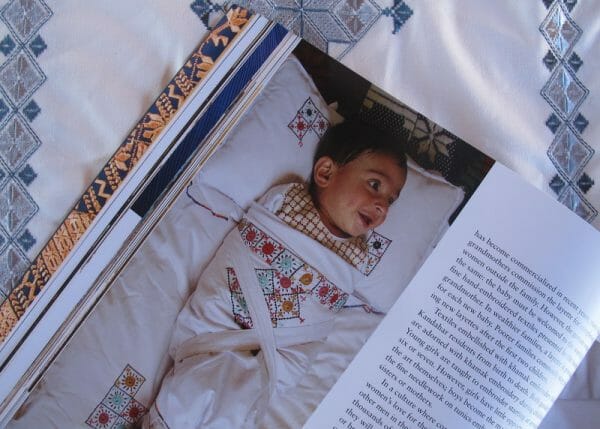 Rangina emphasises that Kandahar Treasure is not a charity, an aid organisation, or an NGO. It is a business enterprise. It is based on solid economic principles. Teaching the women to look after themselves financially, to contribute to their households, and to empower themselves by delivering high-quality work, is as important as keeping the khamak embroidery tradition alive and flourishing.
Rangina emphasises that Kandahar Treasure is not a charity, an aid organisation, or an NGO. It is a business enterprise. It is based on solid economic principles. Teaching the women to look after themselves financially, to contribute to their households, and to empower themselves by delivering high-quality work, is as important as keeping the khamak embroidery tradition alive and flourishing.
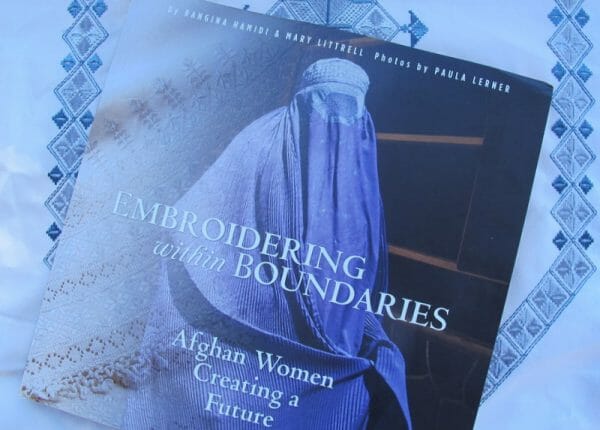 To learn more about khamak embroidery and the work of Kandahar Treasures, have a look at the book Embroidering within the Boundaries – Afghan women creating a future by Rangina Hamidi and Mary Littrell. Published by Thrums Book.
To learn more about khamak embroidery and the work of Kandahar Treasures, have a look at the book Embroidering within the Boundaries – Afghan women creating a future by Rangina Hamidi and Mary Littrell. Published by Thrums Book.

